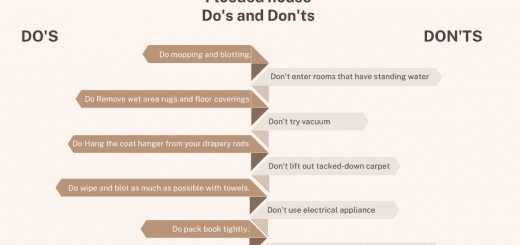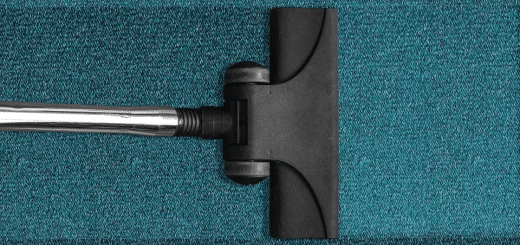How to Fix a Leaking Washing Machine
The convenience of the washing machine is irreplaceable for modern-day households. Just toss in garments and hit start. Then walk away with confidence knowing the washing will take care of saturating your clothes with water and detergent, spinning them to clean within the hour. What happens, though, when you return after an hour only to discover a pool of suds and water on the floor? Your initial sureness turns to panic. Your trusty washing machine has sprung an unexpected leak.
After your initial shock, heave a sigh of relief, because you can fix a leaky washing machine in the same amount of time it takes for a load of clothes to be cleaned in one. Repairing your washing machine with a little know-how saves you the expense of calling in a repairRepair is the act of fixing or restoring damaged property, m... More technician or the rare event of replacing it with a new machine. Before you start, make sure the sudsy water on the floor is not due to a blocked floor drain!
Washing Machine Types: Belt or Direct Drive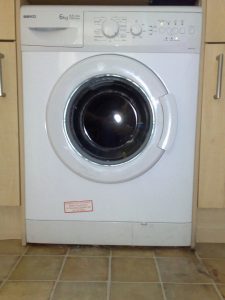
Experts say there are just two types of washing machines: belt drive and direct drive. You have a direct drive machine if you find no belts when you open up the cabinet or access panel in the machine. The direct drive is typically easier to perform repairs on.
Pinpoint the Source of the Leak
Tackle the washing machine leak by first locating the source of the leak. Remember to unplug the machine as a safety precaution before you begin. Remove all garments from the machine. Position the washing machine away from the wall so that the hoses are accessible. Fill the machine with water by starting the fill cycle.
Check the Hoses to Find the Leak
While the machine is gradually filling with water, inspect the hose connections for leaks. The water supply hoses should not be rusty, cracked, perforated or severely corroded. If they are, replace the hoses with new ones from your local hardware store or appliance parts center. If the hoses are in good shape, simply replace the internal washers only.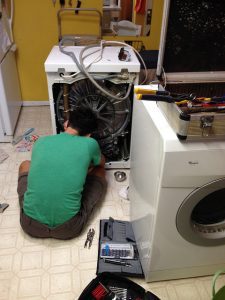
Drain and fill hoses are the most common of the many types of hoses found in a washing machine. Check the fill hose at the back of the machine for leaks. Ensure the faucet is not causing the leak and that any threaded fittings are tightly secured. The drain hose, which is found at the rear of the machine, also requires examination. Make sure the drain hose is properly installed and seamlessly fits into the household drain.
A worn spring clamp around the hose is often the culprit in washing machine leaks. Experts recommend replacing an old spring clamp with a brand new worm-drive clamp.
Replace a Leaky Washing Machine Pump
The washing machine pump drains the water from the interior tub. If the leak springs during the wash cycle or drain cycle, look at the drain pump for signs of a worn hose or loose clamp. The pump, when it leaks, often does so around the pulley. When you inspect the machine and see the leaky pump, replace the pump.
Getting to the underside of the machine to replace the pump will take a bit of muscle. Lean the machine over onto a wooden block or car jack so it does not tip over fully. You can then access the pump by reaching underneath the machine.
Address Overfilling
Any leaks that become noticeable during the fill cycle may be caused by overfilling. When water levels rise too high inside the machine, the issue may be due to a leaky hose that prevents a pressure-activated switch from receiving enough pressure to correctly fill the tub. As a result, the machine overfills, spilling water over the rim.
Check the efficacy of the water level switch by looking for cracks or wear on the connecting air dome hose. If the hose is functional and has no problematic obstructions within it, then the switch may be defective and require replacement.
Seal the Washing Machine Door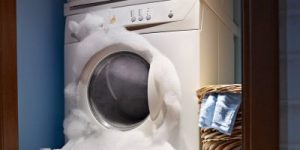
Ensure a watertight seal on the washing machine door is firmly in place. The door catch, experts say, keeps the door tightly closed while the machine is in cycle. You may discover the door catch is worn, allowing water to leak. If the door catch fails to provide a watertight seal, replace the door catch with a new one that does the trick.
The above scenarios are just a few of the most common reasons washing machines leak. Other causes may exist and may require professional repairRepair is the act of fixing or restoring damaged property, m... More services. If you decide to attempt a do-it-yourself repairRepair is the act of fixing or restoring damaged property, m... More, the right parts for your washing machine may be found online by entering your machine’s model number or via a local appliance shop.
Water Damage from Leaking Washing Machines
When your handy washing machine has sprung a leak that fills your floors with dirty, gray suds and liquid, water damage is highly likely. Water damage can spread quickly. Moisture that seeps into the flooring and nearby drywall can cause harmful moldMold is a type of fungus that grows in damp or humid conditi... More growth within hours. Wooden structures in your home can also become warped and weakened. Furnishings affected by moisture can become infested with toxic moldMold is a type of fungus that grows in damp or humid conditi... More and become unusable if left untreated.
Water Damage Restoration Professionals
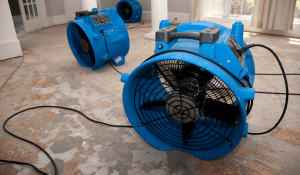 Contact a water damage restoration professional right away upon discovering water leaks anywhere in your home. One trusted water damage restorationWater damage restoration is the professional process of clea... More company serving the Lincoln, NE communities of residences and businesses is RestorationMaster. The company’s trained technicians begin the water damage cleanup process immediately to thwart the ruinous effects of the leaking water.
Contact a water damage restoration professional right away upon discovering water leaks anywhere in your home. One trusted water damage restorationWater damage restoration is the professional process of clea... More company serving the Lincoln, NE communities of residences and businesses is RestorationMaster. The company’s trained technicians begin the water damage cleanup process immediately to thwart the ruinous effects of the leaking water.
Advanced water extraction equipment removes excess water, while high-tech dehumidifiers thoroughly dry out the affected spaces. RestorationMaster takes immediate steps to also repairRepair is the act of fixing or restoring damaged property, m... More any severely damaged structures. Their water removal technology extracts moisture from household goods, including furnishings, flooring and building materials.
Limit the extensive damage water can cause by contacting a professional water damage restorationWater damage restoration is the professional process of clea... More service at the first sign of a leak, floodingFlooding is the overflow or accumulation of water in areas t... More or pipe burst. You can also count on RestorationMaster to respond swiftly to emergencies. RestorationMaster’s team of specialists are available 24 hours a day.










